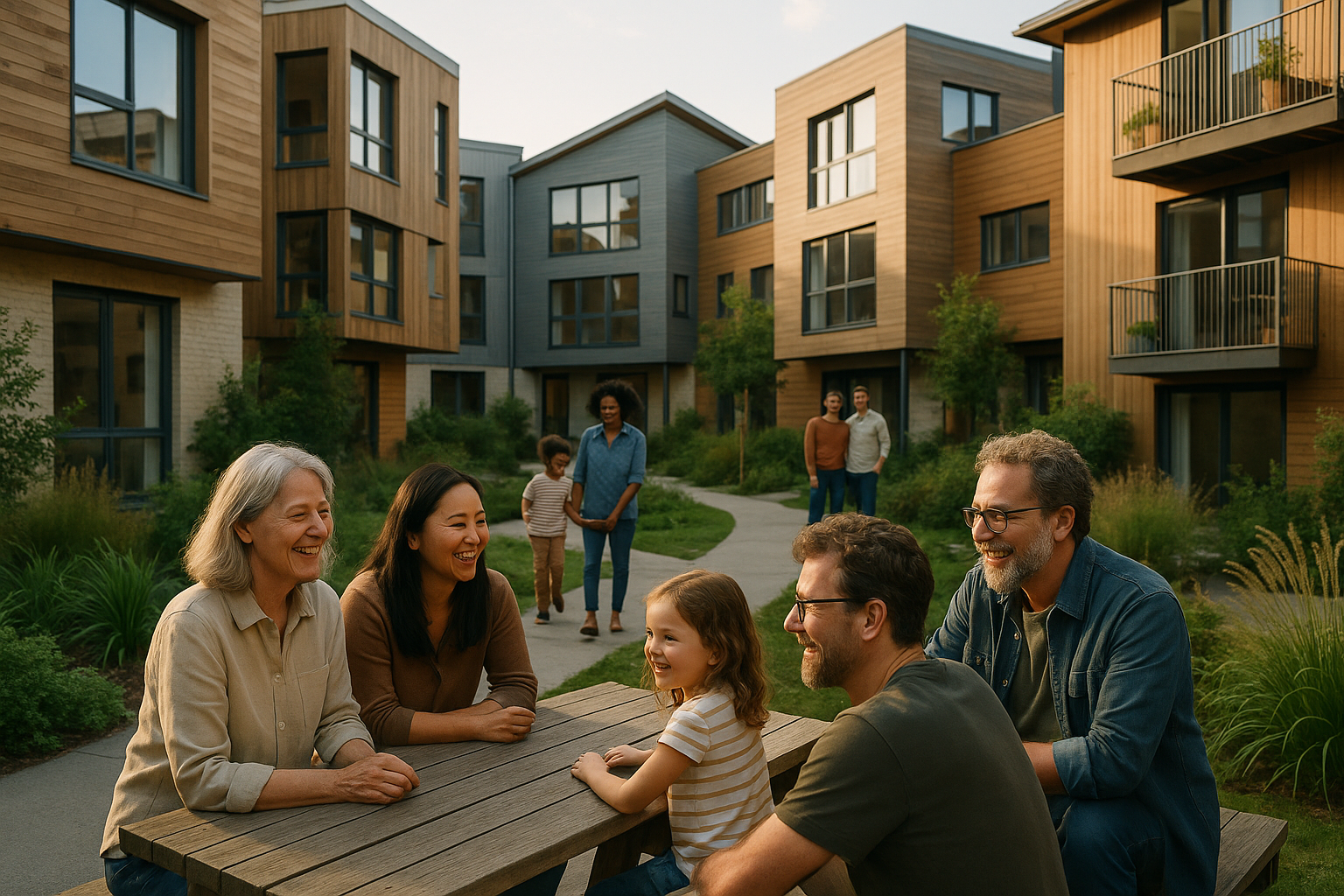Quality Two-Bedroom Senior Living
Two-bedroom layouts give older adults added flexibility without sacrificing comfort. With space for guests, hobbies, or a part-time caregiver, these homes balance independence and support. Here is how to evaluate layouts, amenities, and community features that matter for everyday life in the United States.

Comfortable two-bedroom homes can make daily life simpler while preserving independence and privacy. For many older adults in the United States, an extra room is more than a spare bed. It can serve as a den, craft studio, telehealth space, or area for visiting family. When combined with age-friendly design, thoughtful amenities, and a supportive community, a two-bedroom setting can reduce stress, support routines, and make it easier to age in place. The details below outline what to look for in layouts, accessibility, services, and neighborhood convenience in your area.
2-bed senior apartments: what to expect
Two-bedroom layouts in age-restricted communities typically focus on accessibility and ease of maintenance. Look for step free entries, wider doorways, lever handles, and walk in showers with seating. Open floor plans with clear paths reduce trip risks and simplify mobility for walkers or wheelchairs. Many homes offer an en suite primary bedroom plus a hall bath for guests, which helps privacy when family visits.
Storage and sound control matter as much as square footage. Quiet flooring, well placed insulation, and solid doors help rest and relaxation. A full kitchen with pull out shelves and under cabinet lighting supports everyday cooking, while in unit laundry reduces travel to shared facilities. If you plan to downsize, measure closets and consider a small storage unit on site for seasonal items and keepsakes.
Over 55 cottages: are they a good alternative
Over 55 cottages often provide a single level, detached or paired home feel with a small yard or patio. This style appeals to residents who want a little outdoor space for gardening or a pet while keeping maintenance low. Many cottage communities include exterior upkeep, lawn care, and snow removal, which can be especially helpful in varied US climates. Parking at the door, covered entries, and private porches add convenience and comfort.
Community features can vary, so review what is included with monthly dues. Some cottage neighborhoods share amenities such as a clubhouse, fitness room, walking paths, and scheduled social activities. Others are quieter and focus on privacy. If you travel often, look for staffed offices, package acceptance, and security lighting. Ask about emergency response protocols and whether homes include smart sensors or monitored pull cords.
2 bedroom apartments and aging in place
The second bedroom can adapt as needs change. It may start as a guest room and later become a home office, exercise area, or space for short term caregiver support. For couples, two equal bedrooms can give each person a calm retreat with room for personal routines. If one partner needs earlier bedtimes or quiet for health reasons, separate spaces reduce friction and improve sleep.
Safety features work best when built into daily life rather than added later. Favor step in showers with grab bars anchored into studs, non slip flooring, bright layered lighting, and outlets at accessible heights. Consider whether kitchens have rounded edges, pull down shelves, and clear floor space for mobility aids. In buildings with upper floors, look for reliable elevators, backup power, and wide hallways.
Daily convenience is as important as floor plans. Check how far the mailbox, parking, and trash rooms are from the elevator. Ask about on site maintenance response times, package rooms, and whether staff can change filters or replace light bulbs. For transportation, note proximity to bus stops, rideshare pickup zones, and paratransit eligibility in your area. Nearby groceries, pharmacies, parks, and clinics can reduce car dependence and support healthy routines.
Lifestyle preferences should guide amenity choices. Some residents value a busy calendar with classes, clubs, and fitness programs. Others prefer quiet green space and reading rooms. Pet policies, guest suites, and noise rules can shape daily experience, so request the community handbook before signing a lease. If you expect frequent family visits, ask about overnight parking limits and use of common rooms for gatherings.
Budgeting extends beyond rent. Consider utilities, internet, parking, pet fees, and potential care services if offered. Shorter lease terms may cost more per month but allow flexibility if needs change. If you are comparing several communities in your area, create a checklist that weighs accessibility, services, safety, and neighborhood convenience alongside monthly costs. Read renewal policies and ask how often rents are adjusted.
A thoughtful approach can make a two-bedroom home an excellent foundation for the next chapter. Prioritize layouts that reduce effort, amenities that simplify daily tasks, and a community rhythm that fits your habits. With a clear checklist and a focus on comfort, safety, and flexibility, many older adults find that the extra room pays off in peace of mind and day to day ease.




